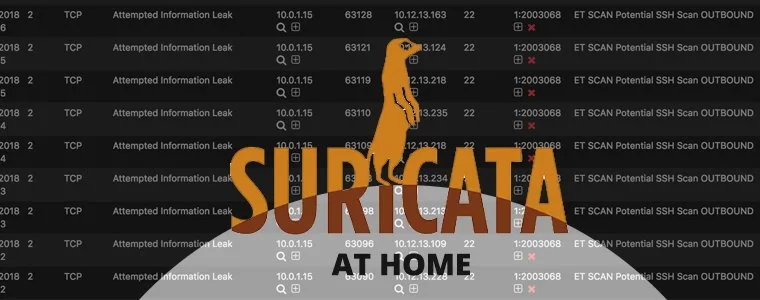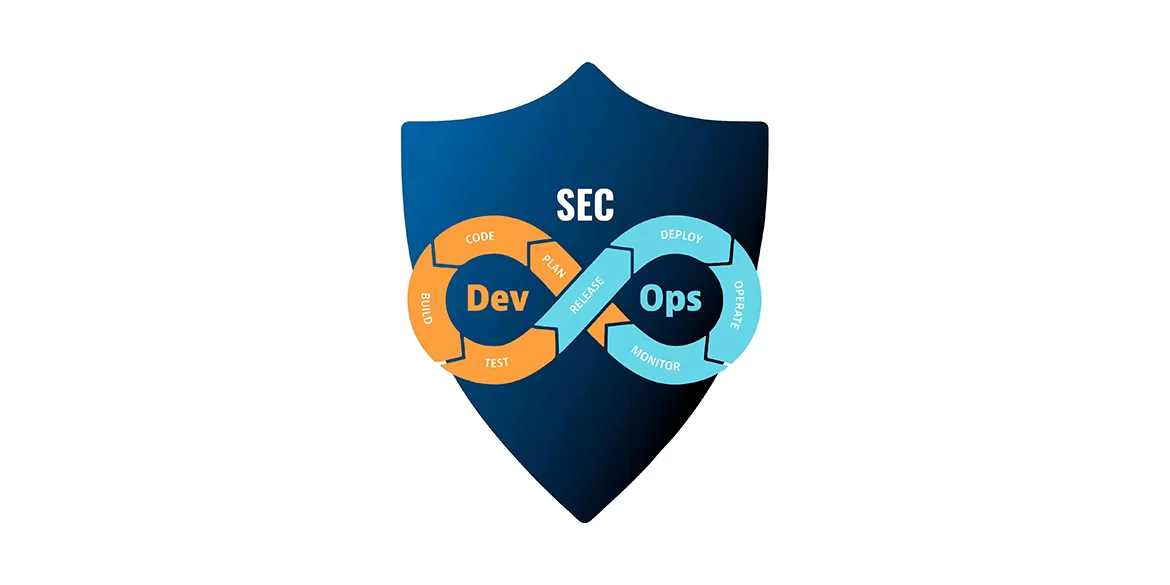
Implementing Tools, Tactics, and Techniques for Enhanced Network Security
The battle to protect sensitive data and digital assets is more crucial than ever. Companies, regardless of their size, must employ a multifaceted approach to network security that combines cutting-edge tools, tactical strategies, and effective techniques. In this article, we explore key ways in which organizations can bolster their overall network security to mitigate the risks posed by cyber threats.
Next-Generation Firewalls and Intrusion Prevention Systems (IPS)
The first line of defense in network security often involves the deployment of next-generation firewalls and IPS. These advanced security solutions go beyond traditional firewalls by incorporating deep packet inspection, threat intelligence, and behavioral analysis. By identifying and blocking malicious traffic in real-time, next-gen firewalls and IPS act as powerful gatekeepers, preventing unauthorized access and mitigating the risk of cyber-attacks.
Network Segmentation
Network segmentation involves dividing a network into distinct segments to contain and control potential security breaches. By segmenting networks, organizations limit the lateral movement of cyber threats, minimizing the impact of a potential breach. This tactic is particularly effective in isolating critical systems and sensitive data, reducing the likelihood of unauthorized access.
Implementing Virtual Private Networks (VPNs)
With the rise of remote work, Virtual Private Networks (VPNs) have become integral to securing network communications. VPNs encrypt data transmitted between remote devices and the corporate network, ensuring that sensitive information remains confidential. By implementing VPNs, organizations create a secure tunnel for data transmission, protecting against eavesdropping and unauthorized access.
Regular Software Patching and Updates
Outdated software is a common entry point for cyber threats. Companies can enhance their network security by instituting a robust patch management system. Regularly updating operating systems, applications, and security software helps close known vulnerabilities, reducing the risk of exploitation by malicious actors. Automated patching tools streamline this process, ensuring timely updates without imposing a significant burden on IT teams.
User Education and Security Awareness Training
Human error remains a significant factor in cybersecurity incidents. Companies can mitigate this risk by investing in user education and security awareness training programs. Employees should be educated on recognizing phishing attempts, practicing good password hygiene, and understanding the importance of reporting suspicious activities. A well-informed workforce becomes an additional layer of defense against social engineering and other user-centric cyber threats.
Endpoint Security Solutions
Endpoints, including laptops, desktops, and mobile devices, are common targets for cyber-attacks. Implementing robust endpoint security solutions, such as antivirus software, endpoint detection and response (EDR) tools, and mobile device management (MDM) systems, helps safeguard individual devices. These solutions work collectively to detect and mitigate threats at the endpoint level, contributing to a comprehensive network security strategy.
Network Monitoring and Security Information and Event Management (SIEM) Systems
Proactive threat detection is paramount in modern network security. Network monitoring tools and SIEM systems play a pivotal role in this regard. These solutions continuously analyze network traffic, log data, and security events to detect anomalies and potential threats. By correlating information from various sources, SIEM systems provide a holistic view of the network’s security posture, enabling rapid response to emerging threats.
Two-Factor Authentication (2FA) and Multi-Factor Authentication (MFA)
Enhancing authentication processes is critical to preventing unauthorized access to networks. Implementing 2FA or MFA adds an extra layer of security by requiring users to provide multiple forms of verification. Whether through a code sent to a mobile device or biometric authentication, these methods significantly reduce the risk of unauthorized access, even in the event of compromised credentials.
Incident Response Plans and Cybersecurity Drills
Preparing for the inevitability of a cyber incident is essential. Companies should develop comprehensive incident response plans that outline the steps to be taken in the event of a security breach. Regular cybersecurity drills and simulations help validate the effectiveness of these plans, ensuring that the organization can respond swiftly and effectively to minimize the impact of a cyber-attack.
Regular Security Audits and Penetration Testing
Conducting regular security audits and penetration testing is crucial for identifying and addressing vulnerabilities proactively. Security audits assess the overall security posture of the network, while penetration testing simulates real-world cyber-attacks to identify potential weaknesses. These measures provide organizations with insights into their security effectiveness and areas for improvement.
Safeguarding an organization’s network requires a comprehensive and dynamic approach that incorporates advanced tools, strategic tactics, and effective techniques. By combining next-gen firewalls, network segmentation, VPNs, user education, endpoint security, and other measures, companies can create a robust defense against the evolving threat landscape. Regular updates, incident response plans, and security audits further contribute to a proactive and resilient network security strategy, allowing organizations to navigate the digital landscape with confidence and resilience.
-
Previous Post
Unleashing the Power of Security Tools













